Customers today have higher expectations than they did even a few years ago. And because they have more options to choose from, they need more reasons to buy from you instead of some other brand.
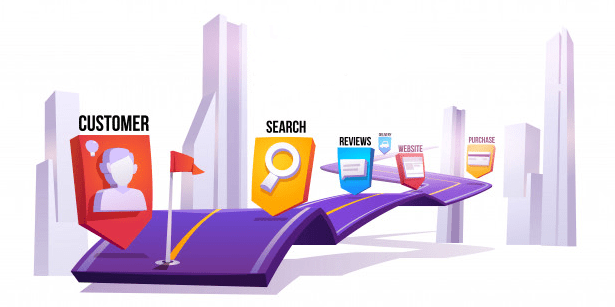
What Is ROX?
Return on experience (ROX) is a metric that measures the number of customers who return to your shop because of their previous customer experiences (CX) with your store.
CX can be monitored throughout a customer’s purchase journey, from landing at your ecom store to the checkout experience to communication about the delivery process.
Another aspect of ROX is the correlation between CX and employee experience (EX). According to PwC’s 2019 Consumer Survey Insight Report, the relationship between the two can produce extraordinary results.
Wondering how this correlation relates to your ecommerce business? Here are some of the ways EX affects CX, according to PwC, that make the case for ecommerce merchants investing in EX as well as CX:
- If your employees have an amazing experience working for you, that experience is going to positively affect their performance when they engage with customers.
- Depending on the nature of your business, employees may be spending most of their time with consumers. They need to learn how to establish an emotional connection that wins the affection of consumers.
Assessing ROX is highly dependent on the nature of your business. Ecommerce owners can use tools such as Google Analytics to check data on return customers. But of course the nature of your product also affects how often users return to shop from you.
For example, if you’re selling a cleaning product that lasts for a period of two weeks, you would expect to have the same customers purchasing from you again after two weeks (unless they ordered in bulk from you). If these customers aren’t returning, then there’s a problem that needs to be addressed.
To solve such problems, an ecom store needs to engage with their users through surveys, live support, or polls to capture customer feedback and use it to tailor an experience that customers prefer.
According to the results from PwC’s 2019 Consumer Survey Insight Report, today’s consumers are very powerful and have high expectations, so there’s a need for companies to invest in improving their customer experience (CX). In a 2018 report, they mention that companies offering an exceptional experience for their consumers and customer service employees can charge as much as a 16% premium for their services or products.
ROX and ROI
Return on investment (ROI) is a financial performance metric used to measure the efficiency of an investment by comparing the amount of the return amount to the cost of the investment.
Note: Read more about ROI and ways ecom store owners can ensure that they’re tapping both back-end and front-end methods to boost their returns.
A good understanding of ROX can help ecommerce store owners understand their ROI:
- Find out why certain of your company’s services perform better than others.
- Learn why some product types have a much larger sales margin than others.
- Learn more about how people interact with your ecommerce brand.
Why Does ROX Matter?

Customer experience matters, and it’s the next battleground for ecom businesses. CX can help you determine if you have a high ROX. A high ROX can, in turn, help boost your ROI.
Customers like to be treated respectfully and in a special way that shows that you care about them.
You can communicate that care in a number of ways:
- Create an easy-to-use interface that helps customers navigate through your store on their purchase journey.
- Make all aspects of your store convenient for customers to access rather than head-scratching moments.
- Ensure that your customers can access your online store on different devices without any hiccups. Make it easy for them to get what they want whether they use desktop, tablet, or mobile.
- Enhance the store’s user interface for desktop, tablet, and mobile with features that increase the time users spend in the store. For example, Intellias suggests that adding a feature such as augmented reality, which helps customers envision if the product will suit their body or home, can help keep customers in your store for longer. The Wall Street Journal noted that brick-and-mortar retailers who encouraged customers to spend time in their stores saw a 40% increase in sales. Certainly the same encouragement can be applied in ecom stores.
Perhaps most important for an ecommerce business, ROX matters because customers who have a great experience tend to give amazing feedback that boosts your store’s credibility.
Note: Read more about how to get quality customer feedback to improve your sales as well as the benefits of user-generated content.
What’s in a Good Customer Experience?

As Clare Muscutt says, “Building a good customer experience does not happen by accident. It happens by design.”
There are many experiences that contribute to designing for positive CX. Here are a few examples that ecom owners can use in their stores.
1. Is it friction free?
Ecommerce merchants need to examine their stores to pinpoint the pain points—those experiences that interfere with the customer’s journey or otherwise create friction. The goal is to offer a friction-free user experience. For example, it’s misleading to make text that’s not clickable look like a link. Also, words like “Submit” are friction words, so avoid using them in buttons.
2. Do you offer BOPUS?
Established ecommerce brand owners with brick-and-mortar stores should customize the user shopping experience to their users’ preferences. Offering BOPUS (buy online and pick up in store) is one of the best ways to cater to customers who don’t yet fully trust the online shopping process.
When customers try this two or three times, they are likely to gain trust that what they purchase online will be delivered. Within no time, they’ll engage fully in online shopping and will probably become a return buyer.
3. Do you provide timely customer support?
Customers appreciate timely support:
- They don’t expect you to respond immediately to an email, but they do expect to hear back from you in a couple of minutes to an hour during business hours.
- If they contact you outside business hours, set up an autoresponder email that lets them know you are closed and that you’ll get back to them within a couple of hours.
- When customers engage with you in a live chat, they expect you to engage with them in the shortest time possible.
- You don’t need to keep customers waiting: If live support is busy, it’s courteous to let them know that they’re in a queue and they’ll be attended to shortly. This feature can be activated in most live chat apps used by ecommerce stores.
4. Is it memorable?
A customer’s journey should be memorable. You’ve probably invested in a good advertisement that’s driven potential customers to your ecom store. You don’t want to ruin the excitement that brought them there. You want to maintain that same quality flow throughout the journey.
Design and customize a memorable enough shopping experience for your customers that it will linger in their mind whenever they think about shopping from your niche.
For example, the ad that gets customers into your store must have made an emotional connection—perhaps it portrayed your product as a problem solver that would bring them confidence.
To maintain that connection on your store, further capture their attention:
- Have well-written product descriptions that focus on the benefits of the product. Provide gif images or videos that showcase these benefits.
- If you have a current offer (say, “free shipping—today only”), remind them as they’re checking out that, since they’re ordering today, they won’t have to pay shipping.
- Always thank them with a great message following their purchase.
- Stay in touch with them via email after delivery and let them know what the purchase meant to you as a business.
- If you have initiatives where you donate to a cause, keep them updated on what you are currently doing with the portion of the money that went to the charity.
- If they have questions at any time, make sure your customer service representatives have learned the art of connecting with customers. They should know what products you offer and how you want them to communicate about products or services to customers. Educate them about the need to be cheerful and quick when dealing with customers and meeting their needs.
5. Is it consistent?
Online buyers are keen on matters of consistency, so store owners need to be very cautious about making mistakes that might raise red flags for shoppers.
For example, product price and discounts are prime places for mistakes. Ecom store owners need to get their numbers right and ensure that the price on the website is what the customer is asked to pay during the purchase. Customers are also very aware when advertisement prices don’t agree with what they are paying on the store.
If there are any discrepancies, a huge number of customers will drop off from the store as they feel cheated. Even just one red flag is reason enough to stop shopping from your store.
6. Is it speedy and convenient?
Customers notice the speed of delivery time and appreciate the convenience of receiving their goods at home.
For example, according to PwC, 74% of the customers who participated in the survey noted that getting their order as quickly as possible was the most important delivery experience.
Sometimes things don’t go as planned. For example, back orders can really frustrate customers. To improve that experience, be sure to keep your customers informed about such events.
How to Improve Customer Experience on Your Store
There are many ways to improve CX that will, in turn, impact the rate of your return buyers. Following are some of the improvements you can make to boost your store’s CX.
1. Provide search features, sorting, and filters
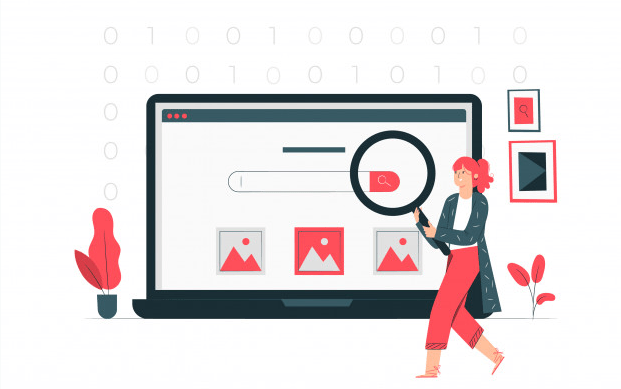
One way is through search bar optimization. Adding a very visible search feature, sort-by functionality, and product filters helps customers during a browsing session. They use these to customize their browsing session, and that makes it easier for them to locate the product(s) that they’re looking to buy.
These features also improve the valuable time it takes to browse—most potential customers won’t want to look at every page of a collection in search of a specific product.
2. Develop a great FAQ
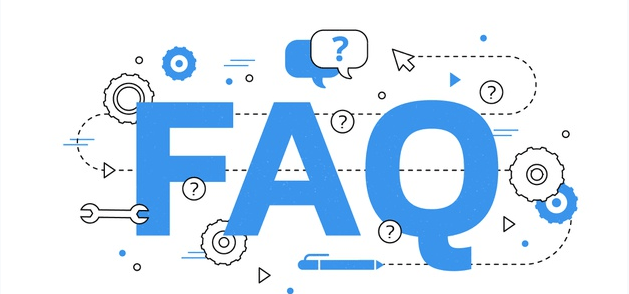
Although it’s always best to anticipate a customer’s question and provide the answer right where they need it, developing a great FAQ page is still very important. This page houses all the common questions that customers ask about your store and products and it supplies answers to each. Having a FAQ page also helps customers get answers quickly rather than having to contact support via email or call.
3. Offer “Click to Action” Shortcuts
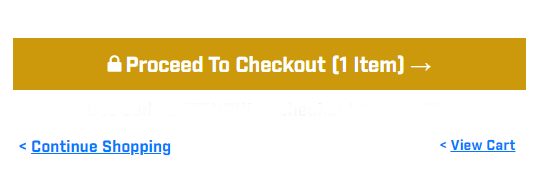
Just as in real-life shopping, customers like to be spoken to in a language they understand and to have their needs anticipated. In ecommerce, for example, you can offer short and precise statements—such as “Proceed to Checkout,” “Continue Shopping,” and “View Cart”—that provide clear next steps to customers before they even think about whether they want to make a purchase immediately, return to the collection page to shop, or review or edit the items they’ve already added to the cart.
4. Offer priority shipping
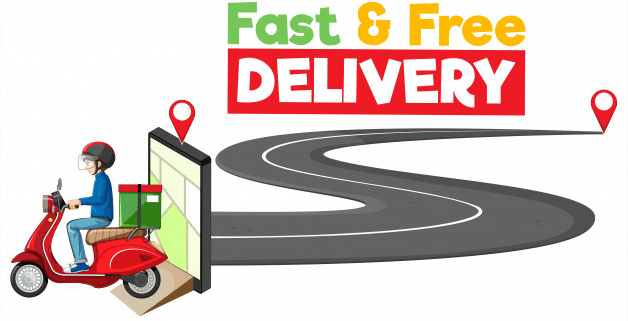
This right here is gold. Fast shipping is key for most customers who shop online and are always eager to receive their order.
If your store offers a priority shipping option, customers may prefer buying from you over your competitor because with you, they can get their order faster. This often comes in handy when a loved one has forgotten to buy a gift in time and needs it to arrive as soon as possible.
5. Provide payment options

There are many payment options out there. If your store offers an option that customers have used and feel comfortable about using, then you’ve won yourself a sale and possibly a return buyer.
Different people trust different payment methods, and you need to cater to the needs of your customers, especially when it comes to something as important as the payment method.
They also need to understand that their payment details are secure. Reassure them that their card details will not be stored and that it is safe for them to transact with your store using one of the payment methods offered (for example, a credit card payment or payment via an online payment gateway service provider such as PayPal).
6. Use guarantees to reassure

It’s human nature to love assurance. When a customer buys from your store, they trust that the description of a product and its functionalities is accurate because you have assured them of that through the images, videos, and text you’ve provided.
But, they also need to be assured that if the product is not what you said it was, they can return it and get their money back. That’s why it’s necessary to provide a return policy, a money-back guarantee, and a return window so customers are aware that you’re more interested in their satisfaction than in their money.
Note: Read more about how superior customer support boosts revenue and how you can measure customer satisfaction to improve customer experience.
Conclusion

I’ve described ROX and why it matters as well as some of the positive experiences customers should be having and ways to make that happen. Always keep in mind that focusing on CX and customer satisfaction will yield a high return. The ecommerce world is growing, customers have higher and higher expectations, and your competitor is just a click away. Offering amazing customer experience is the key.
Vince Lombardi said, “It takes months to find a customer … seconds to lose one.” But on the plus side, as Jim Rohn says, “One customer well taken care of could be more valuable than $10,000 worth of advertising.”
Resources
Byron, E. (2015). The slower you shop, the more you spend. Wall Street Journal.
Clarke, D., and R. Kinghorn. (2018). Experience is everything: Here’s how to get it right. PwC.
Lombardi, V. (n.d.). Quoted in Medium, posted by SoGoSurvey (2019).
Muscott, C. (n.d.). Quoted in AskIdeas.
PwC. (2019). It’s time for a consumer-centred metric: introducing “return on experience.” Global Consumer Insights Survey 2019.
PwC. (2019). It’s time for a consumer-centred vision. The Global Consumer Insights Survey 2019.
Rohn, J. (2012). Facebook, OfficialJimRohn.
Ryfiak, S. (2020). How to boost ecommerce revenue with 7 UI trends. Intellias blog.

